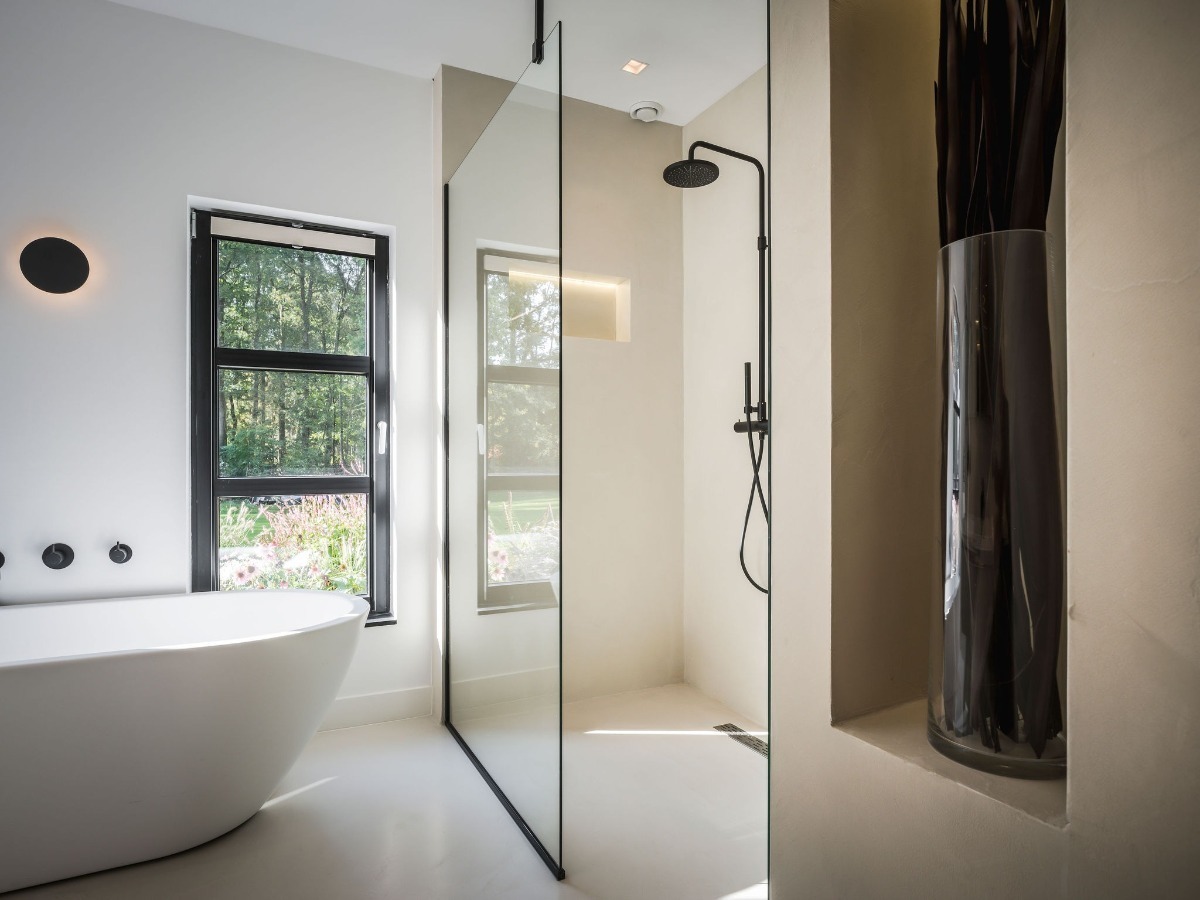Preperations for laying a PU cast floor
What should I consider when laying a PU cast floor?
3 things to consider when laying a cast floor

Before you start laying a PU cast floor, there are a number of things you need to take into consideration.
We have made an overview for you.
Creating and installing expansion joints
Expansion joints are very important. A floor with underfloor heating is alive. The difference in temperature causes the heating system pipes and your sub-floor to expand and contract. If you properly isolate then you compensate for some of this expansion and contraction. But along with the joints you will definitely intercept cracking in your floor with this. So without a joint you are not sure the floor will not crack.
Joints are usually divided into small areas. These can move independently from each other when expanding and contracting. It is up to the architect, screeder or installer of the underfloor heating to make the right placement and choices in this, taking the stress the floor will experience into consideration. The general rule is that for areas larger than 40 m² or longer than eight meters, you absolutely must provide an expansion joint. Better one too many than too few.
Determine the proper location of the expansion joints. Allow them to emerge between circuits. Between narrow wall openings, such as under doors and L-shaped spaces, expansion joints are extremely important. Do not fill up the connection between the baseboard and the floor either; it is best to place an elastic joint here.
For expansion joints we usually use a laminate of 10-15 cm wide and make sure that we let the joint live underneath, separate from the PU cast floor.
Do you need to install anti-slip, for example, in your walk-in shower or around your kitchen island?
Especially in industrial kitchens, we recommend using anti-slip. A PU cast floor is smooth and sleek. In this application, it is far too slippery and especially when working with fats and oils. Therefore, place an anti-slip coating in those places where the risk is greatest. Keep in mind that there are different degrees of non-slip available. Check out the alternatives before ordering them. There are some downsides to applying anti-slip to your floor. You cannot wipe your floor with a regular mop.
Even for your bathroom, it is sometimes appropriate to provide a strip of anti-slip on parts of your shower or bath to prevent slipping. Prevention is better than cure!


Do you need to install polyester and fiberglass reinforcement to strengthen the seams at wooden boards?
n some cases, it is recommended to provide a polyester reinforcement before starting your PU cast floor. Examples for this are the seams of wooden boards. Rather than placing your boards against each other, you always keep the boards a few millimeters to a centimeter apart. This allows the boards to grow toward each other. Do not fill these joints, but stick a tape over the open joint and reinforce the joints with a fiberglass tape of 10 to 15 cm so that the gap is bridged with fibers.
More Info
Feel free to contact us to receive more info about our products.
